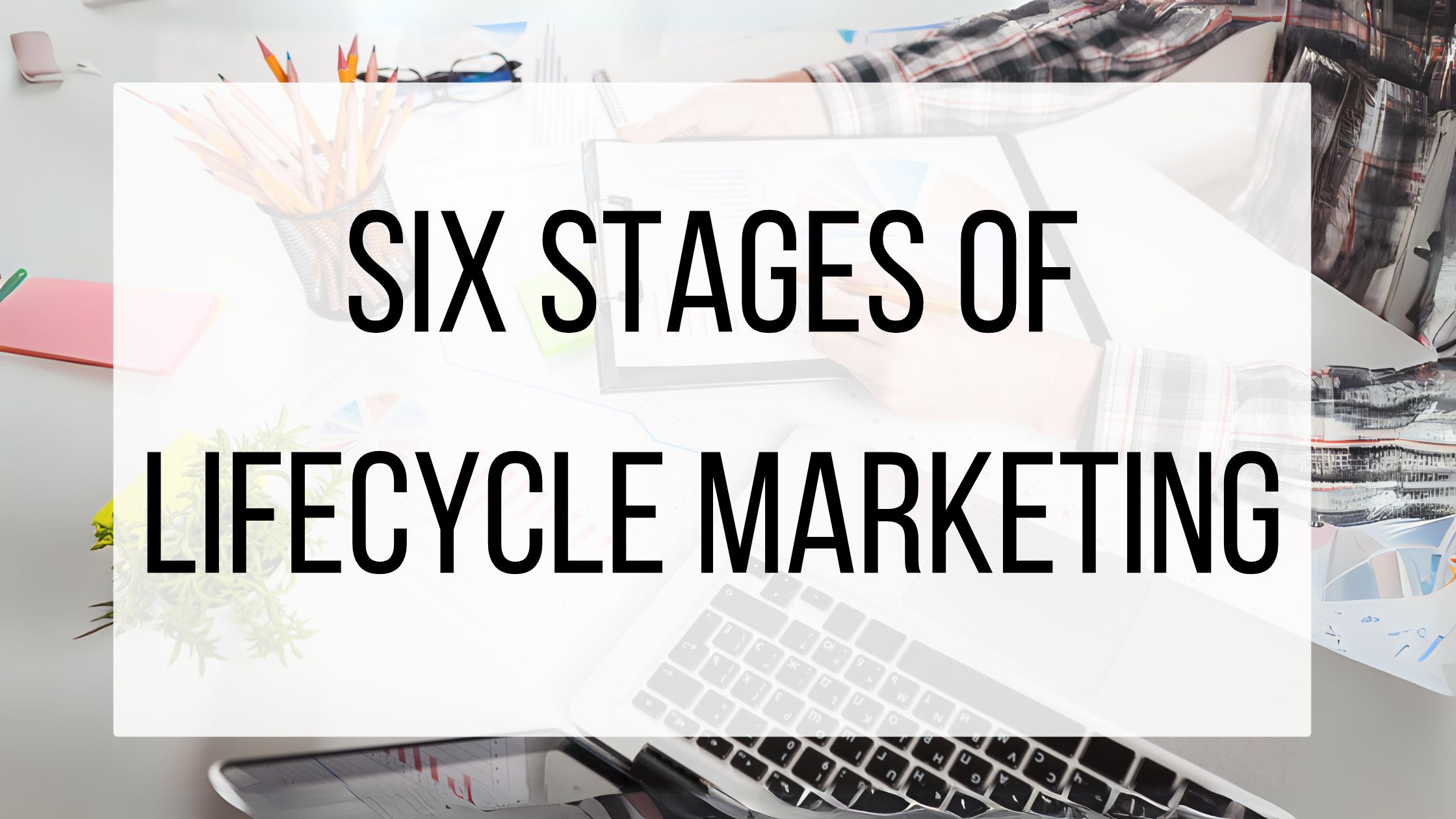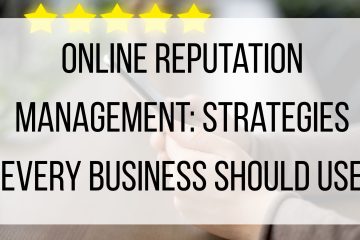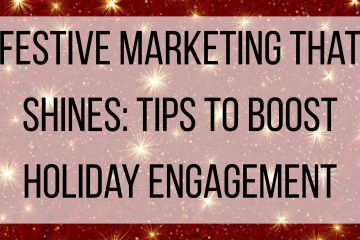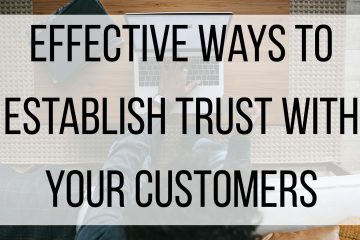Six Stages of Lifecycle Marketing

When drawing in new customers and keeping current customers, it is important to be aware of every step of their decision-making process. There are six stages to consider when gaining customers, and encouraging existing customers to return to you when it is time for them to make another purchase. Lifecycle marketing looks different for every business, and learning about this cycle will help you continue to target your audience.
What Is Lifecycle Marketing?
Lifecycle marketing is the strategy used to guide customers through all the stages of the customer journey. There are six main stages that customers go through when deciding to make a purchase. By tailoring your messages based on the current stage your customer is in, you encourage them to move on to the next stage.
What Are The Stages Of Lifecycle Marketing?
Awareness: The first stage of lifecycle marketing is Awareness. During this stage, your potential customer learns about your business and what you have to offer. This is your chance to grab the potential customer’s attention and get them interested in learning more!
Engagement: Once your potential customer is aware of your brand, they have the option to engage, or move on. The engagement stage is when customers will look at your website and social media, subscribe to your email list, and interact with you wherever you have an online presence.
Evaluation: During the evaluation stage, your potential customer will do some research on your brand, see what all you have to offer them, and compare you to your competitors. To encourage them to stick with you, highlight anything that sets you apart. Special features, great pricing, a unique product, the best value for their money, or anything else that you pride yourself on. This is the stage where they will start to make a decision on if they want to follow through with a purchase.
Purchase: Congratulations, you’ve made it to the purchase stage! Once your customer makes the decision to purchase from you, make it as smooth as possible. The customer will not want to jump through hoops to complete their purchase, and they are already sold on your brand, so offering a simple “Buy Now” button (or whatever CTA you deem appropriate) helps get them through the checkout as quickly as possible.
Support: After your new customer makes their purchase, don’t forget about them! Many customers will disappear after their first purchase with a company to test out other options. Follow up with each customer and ask them how their shopping experience was. Allow them to fill out a brief survey, or leave a note letting you know how you did. Take their feedback into consideration! If this was their first time purchasing from you, consider sending them an incentive to shop with you again, like a 10% off code or free shipping on their next order. Although these are small gestures, they show your appreciation and encourage them to choose you the next time they are in the market for something that you offer.
Loyalty: The last stage is loyalty. These are customers who have tried your brand, loved their experience, and let people in their lives know how much they enjoy it. Do not assume that customers are going to stick with you just because they are in the loyalty stage- if you start to take them for granted, they will start considering your competitors. Reward customers who are loyal to you- loyalty programs, early access to sales, and letting them have a say in new products are all simple but effective ways to keep customers coming back.
Understanding lifecycle marketing not only helps you make more sales but also helps your customers have the best experience possible. By meeting them where they are in the process, you are showing them that you care about them and truly appreciate their business. Although it takes some work and planning to get started, the benefits are well worth the effort.


